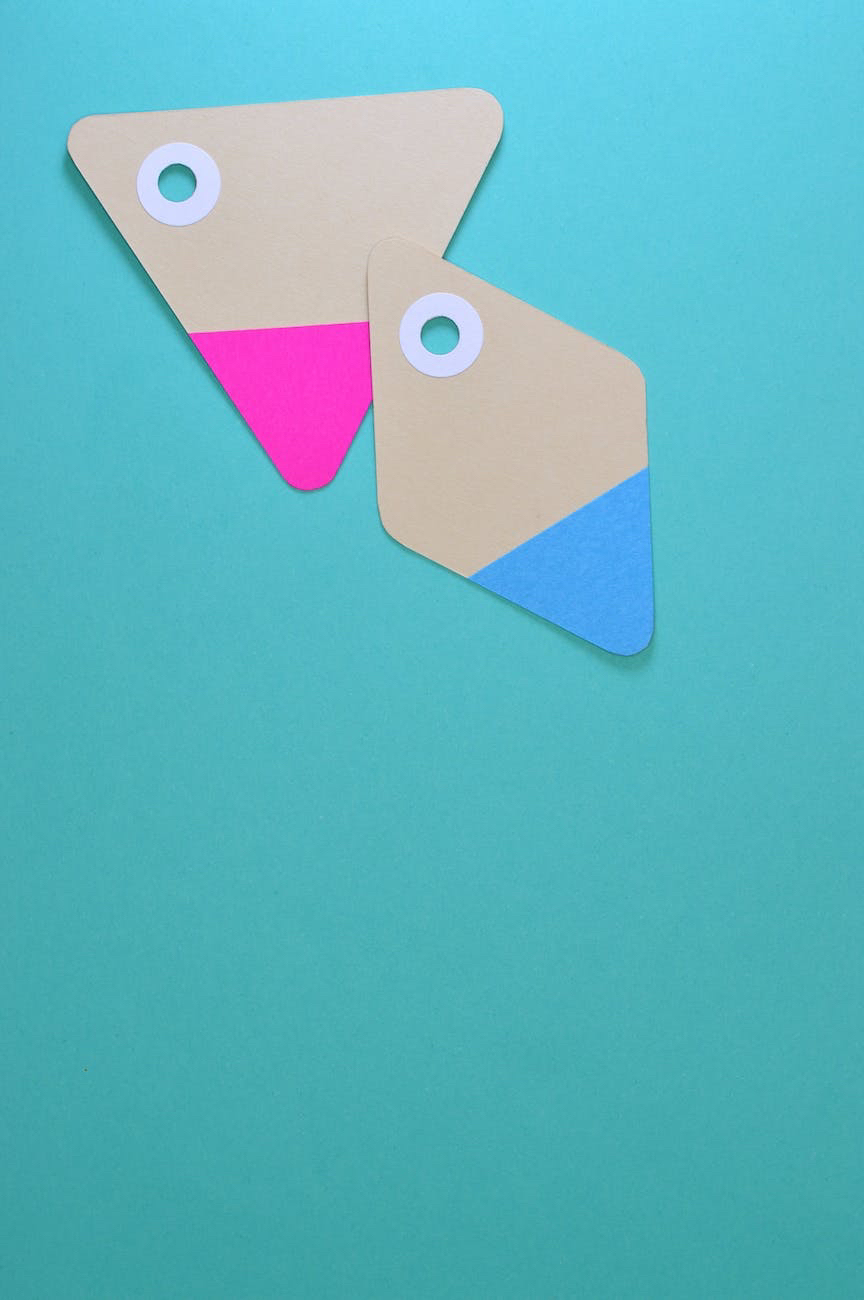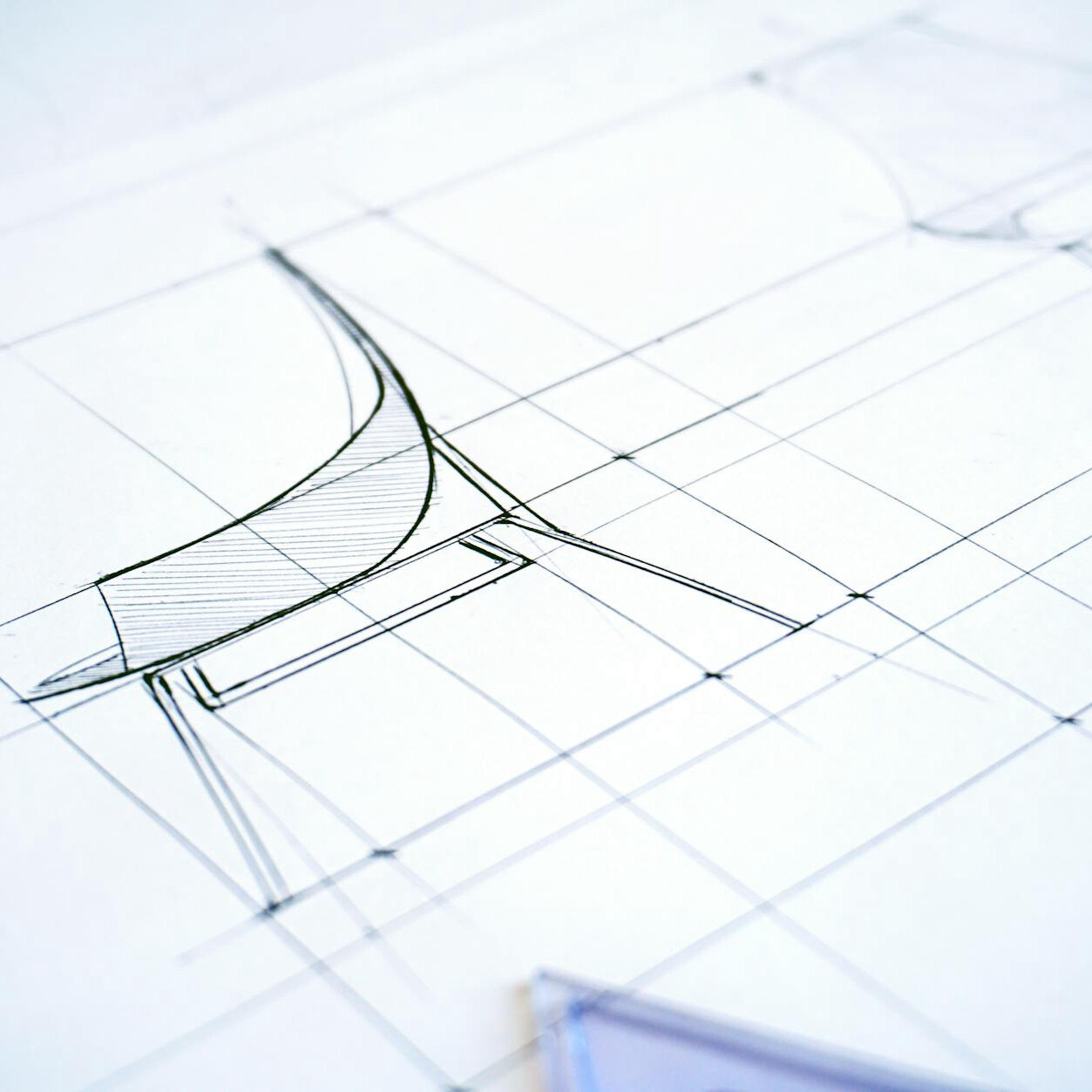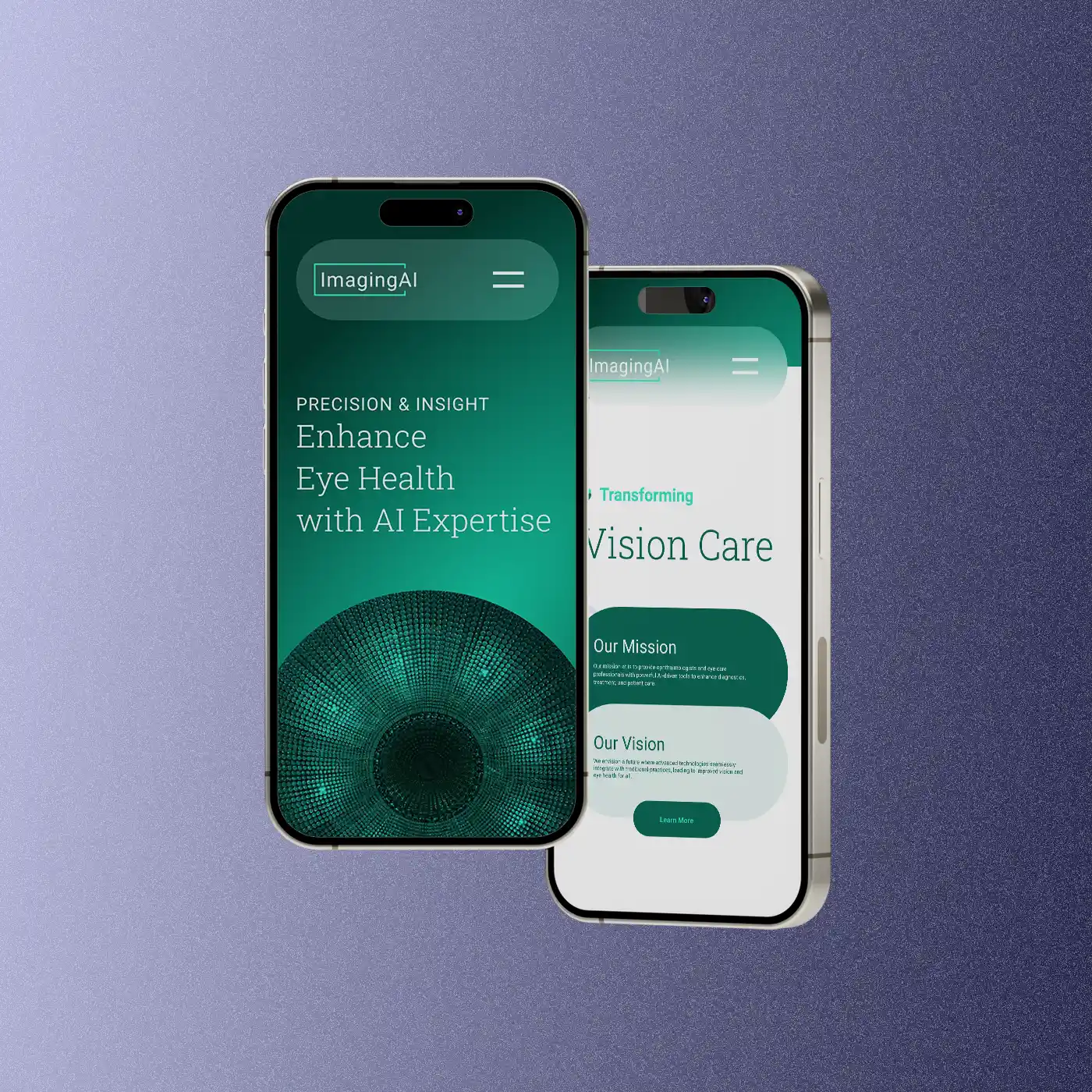The Power of Unified Design Language
Design language is the distinct style and approach that characterizes the visual and interactive elements of a product, brand, or system. It encompasses aspects such as typography, color schemes, and shapes, blending these elements to create a sense of order and cohesiveness. This unified approach helps in creating a consistent experience across different products and platforms, which is essential for brand recognition and enhancing user experience. By establishing a set of design principles and guidelines, a design language ensures that all elements work together harmoniously, maintaining their effectiveness across various mediums and contexts.

In a nutshell, a design language is critical for both brands and designers. It aids in creating visually appealing, functional, and memorable experiences that align with a brand’s values and goals. This ensures a consistent and impactful presence across all touchpoints.
Design Harmony
A unified approach in design is key to creating a cohesive and consistent experience across various products and platforms. By adhering to specific principles and guidelines, a design language ensures that all components, be they digital interfaces, physical products, or marketing materials, work in harmony.
Harmony in design is essential as it establishes a sense of order and cohesiveness, vital for delivering a clear and unified message. When elements like color, typography, and layout are in harmony, they forge an aesthetically pleasing and intuitive user experience. This alignment does more than enhance visual appeal; it also boosts usability and comprehension. Harmony in design means all components work seamlessly together, reducing confusion and increasing the overall effectiveness of the design. Ultimately, design harmony is about crafting an arrangement that is not only visually attractive but also functional, accessible, and resonant with the intended audience, thereby amplifying the design’s impact and success.
Implementing Design Language
The implementation of a design language transcends mere aesthetics; it encompasses functionality and user experience. This process involves careful consideration of how users interact with design elements, ensuring intuitiveness, accessibility, and efficiency. For instance, a well-crafted design language could determine the behavior of buttons on a website, the layout of a mobile app, or the packaging style of a product—all contributing to a seamless user experience.
Moreover, a robust design language can become emblematic of a brand’s identity. It possesses the power to evoke specific emotions and communicate brand values without relying on words. In a competitive marketplace, where a unique visual identity is crucial, a distinctive design language can greatly enhance brand recognition and foster customer loyalty.

Developing Design System
The development of a design language involves companies undertaking extensive research to gain a deep understanding of their target audience, prevailing market trends, and the core message they aim to convey. This process culminates in a strategic and thoughtful assembly of design elements. The outcome is not just visually appealing but also deeply resonant with the intended audience, crafted to remain relevant and impactful over time.
Delving into the intricacies of design, every element, from the smallest icon to the overall layout, is meticulously crafted to ensure consistency and authenticity. This attention to detail is what sets a brand apart, allowing it to convey its unique story and ethos. Authenticity is achieved by aligning every design decision with the brand’s values and identity. This means not just following trends, but creating designs that genuinely reflect the brand’s character and resonate with its audience.
Building a design system is an iterative process. It involves testing, feedback, and continuous refinement to ensure that the design language stays true to the brand’s essence while evolving with changing user needs and market dynamics. The goal is to create a design language that is both timeless and adaptable, one that maintains its core identity even as it grows and changes. This adaptive approach ensures that the design language remains relevant and effective, fostering a strong and enduring connection with the audience.
Updating Design System
As a dynamic entity, a design language is inherently non-static; it evolves in tandem with the brand, emerging technologies, and evolving user needs. Regular updates and adaptations are imperative to maintain its relevance and effectiveness. However, this evolution is a balancing act. It is crucial to preserve the core essence of the original design language to ensure continuity and brand recognition. This approach allows the design language to stay fresh and contemporary while retaining the familiar elements that customers associate with the brand. By thoughtfully updating the design system, companies can adapt to new trends and technologies without losing their unique identity and connection with their audience.

Design Language Across Industries
The application of design language extends across various industries, each with its unique requirements and audience expectations. In the tech industry, for instance, design language often focuses on clarity, functionality, and forward-thinking aesthetics, reflecting the rapid pace of innovation and user-centric design principles. Apple’s minimalistic and intuitive design language is a prime example of this approach.
Conversely, in the fashion industry, design language is more fluid and expressive, often used to convey brand personality and artistic vision. Brands like Gucci and Louis Vuitton, for example, use their distinctive design languages to create a sense of luxury and exclusivity.
The automotive industry, too, relies heavily on design language to convey brand identity and values. Car manufacturers like BMW and Tesla have developed unique design languages that not only reflect their brand ethos but also appeal to their specific customer base, focusing on elements like form, function, and innovation.
Interactive Elements for Enhanced Engagement
Incorporating interactive elements into digital articles about design can significantly enhance reader engagement and understanding. Interactive infographics can visually demonstrate the evolution of a design language across different industries, allowing readers to explore changes over time or compare design elements side by side.
Similarly, interactive quizzes can engage readers by helping them identify design languages of famous brands or test their understanding of the concepts discussed in the article. This can transform the reading experience from passive consumption to active participation, making the learning process more engaging and memorable.
Additionally, short video clips or animated examples of design language in action can provide a dynamic way to illustrate key points, especially for those who are visual learners. These multimedia elements cater to diverse learning styles and can make complex ideas more accessible and understandable.
Related Articles
The Importance of Grids in Design
July 12, 2024
Design Systems and AI Technology
April 9, 2024



